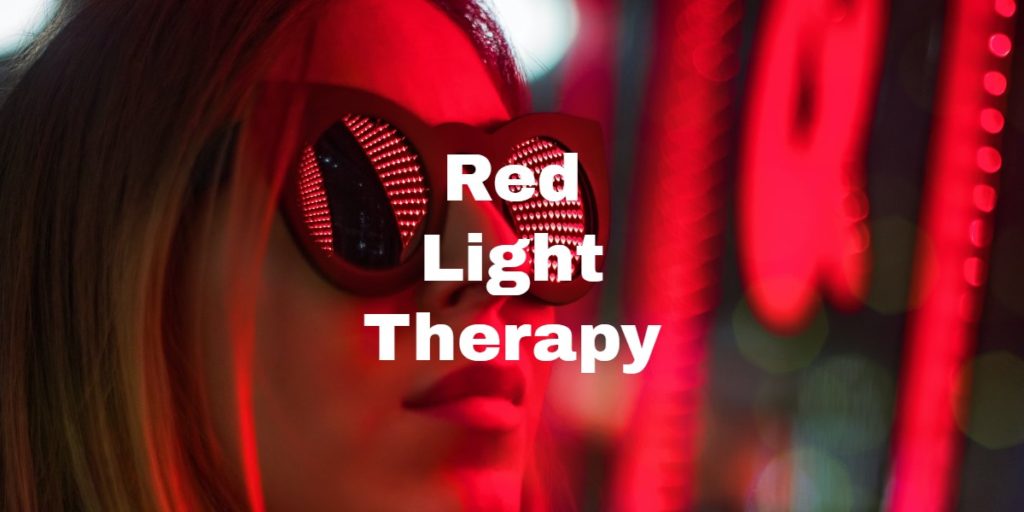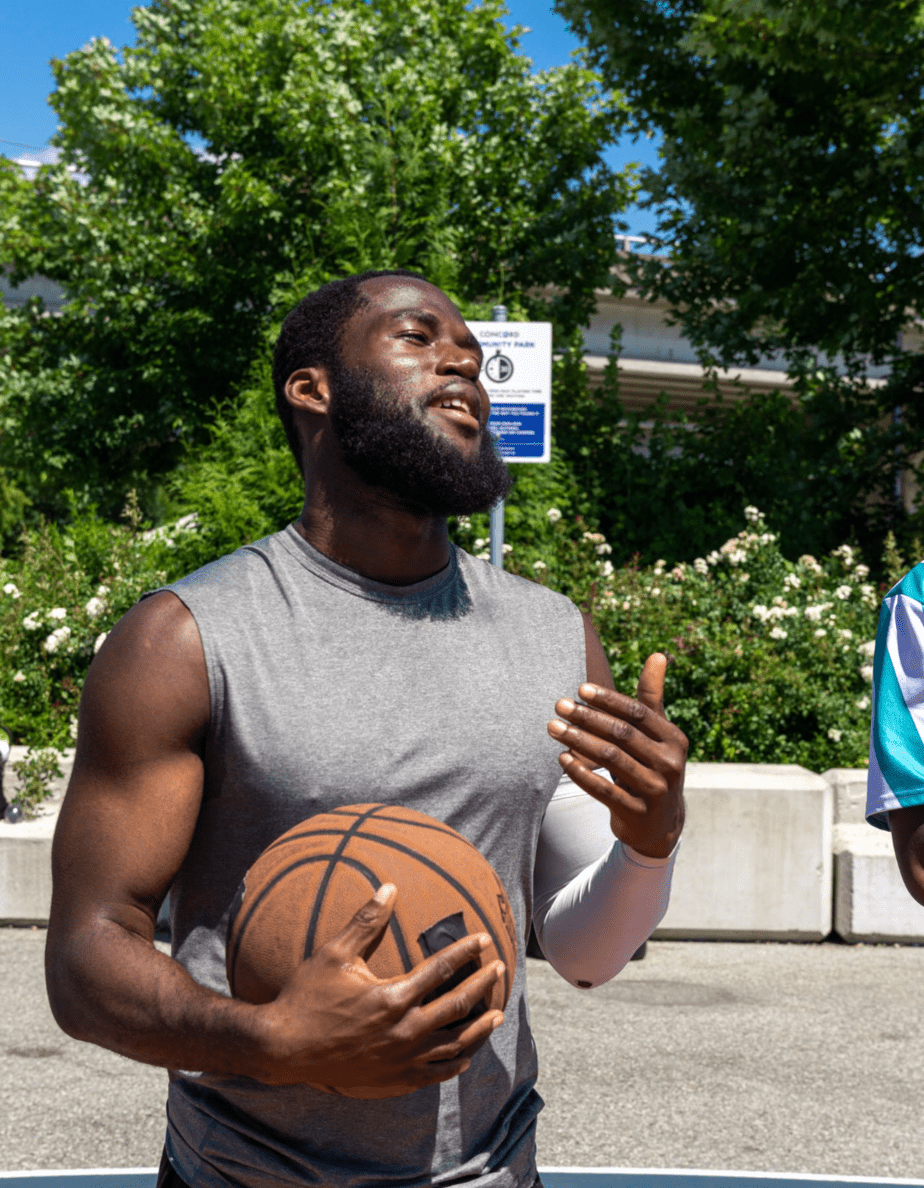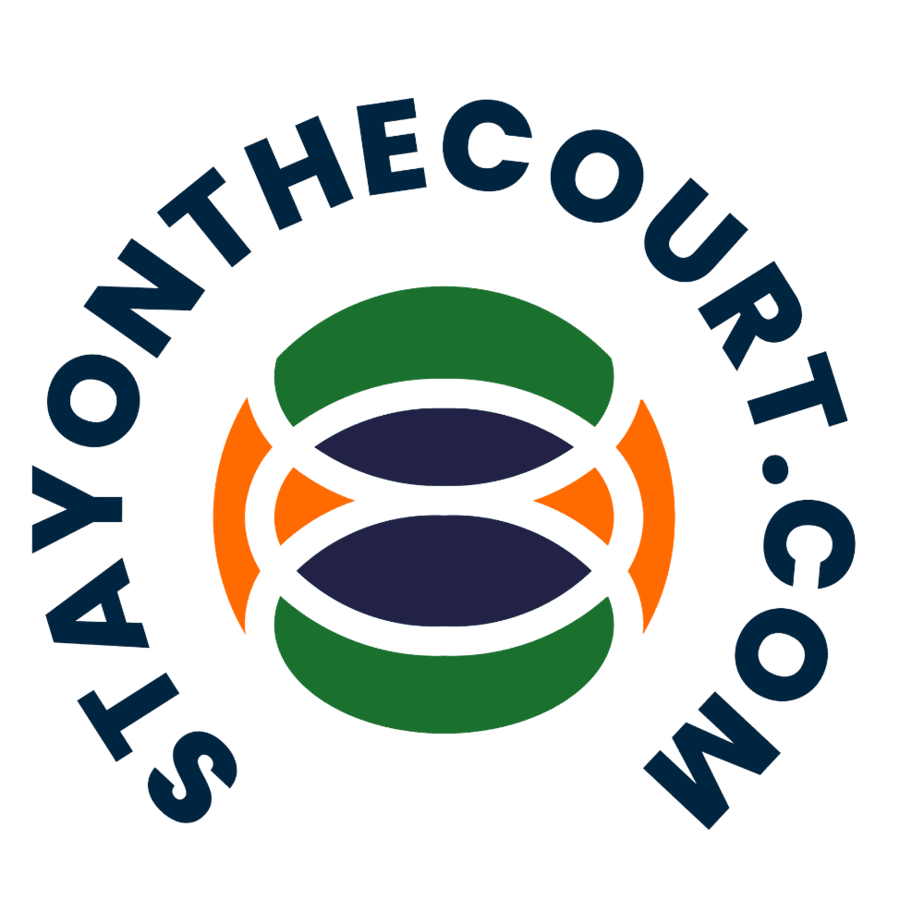Red Light Therapy: History, Explanation, Benefits, and Celebrity Use
If you’re anything like me, you are endlessly curious about the latest health and wellness trends that claim to give you more energy or keep you young. When I see three credible sources that recommend a certain therapy I normally look into it deeper. I was intrigued when Ben Greenfield put it on his list of “non-negotiables” that he tries to do every day and then found similar accounts by Dave AspreyToday, we’re diving deep into the world of Red Light Therapy (RLT), a treatment that might have you seeing red—in a good way.
I jumped into the fray in 2019 with the purchase of a Joov Mini and still use it most days. Now the world of red light therapy has proliferated with it being offered in many clinics (there were none in Omaha in 2019 and now I know of at least 4 that offer it) and the adoption by the celebrity set. I am going to walk you through the history of RLT, also called photobiomodulation therapy, and the basics of the science, purported benefits, myths, and potential things to watch out for if you decide to try it or buy a device.

A Brief Trip Down Memory Lane: The History of Red Light Therapy
The origins of Red Light Therapy can be traced back to the early 20th century. In 1903, Niels Finsen received the Nobel Prize for his work using light therapy to treat lupus vulgaris. Fast forward a few decades, and NASA began studying RLT as a way to maintain astronauts’ health in space.
Shedding Some Light on the Science
Let’s get to the details of how RLT works. RLT uses specific wavelengths of red and near-infrared (NIR) light to stimulate cellular activity. These wavelengths (between 600 and 1000 nanometers) penetrate deep into the skin, muscles, and other tissues, where they’re absorbed by our cells’ mitochondria.
The mitochondria, often called the “powerhouses” of our cells, produce adenosine triphosphate (ATP)—the energy currency that fuels all cellular processes. When RLT is absorbed, it enhances ATP production, leading to various potential health benefits.
A Ray of Hope: Proven Benefits of Red Light Therapy
Skin Health and Anti-Aging
Feeling like your skin could use a little pick-me-up? Red light therapy might be the answer you’ve been looking for. RLT has been shown to boost collagen production, leading to firmer, younger-looking skin. It can also reduce the appearance of fine lines and wrinkles while improving skin tone and texture.
Pain Management and Inflammation Reduction
If you’ve got aches and pains that just won’t quit, RLT might be your new best friend. Studies have shown that RLT can help alleviate joint pain and arthritis symptoms, as well as reduce inflammation and oxidative stress in the body.
Mental Health and Cognitive Function
Red light therapy isn’t just skin-deep—it can also have profound effects on cognitive function. RLT has been found to improve sleep quality, reduce symptoms of depression and anxiety, and even enhance memory and cognitive function.
Bringing Red Light Therapy Home
So, how do you get in on this red light action? There are plenty of home-based RLT devices on the market, from portable handheld gadgets to full-sized panels and beds. When choosing a device, consider factors like the device’s wavelength range, irradiance, and treatment area size.
For those who prefer a professional touch, many medical facilities and wellness centers offer RLT treatments. Just remember to ask about the specifics of their equipment and protocols to ensure you’re getting the most effective treatment.
| Company Name | Website |
|---|---|
| Joovv | joovv.com |
| Red Light Rising | redlightrising.co.uk |
| PlatinumLED Therapy Lights | platinumtherapylights.com |
| Mito Red Light | mitoredlight.com |
| RedRush 360 | redtherapy.co |
Safety First: The Potential Side Effects of Red Light Therapy
Now, I know what you’re thinking: “This all sounds great, but are there any risks?” The good news is that RLT is generally considered safe, with minimal side effects. Some people may experience mild skin redness or irritation, but this usually subsides quickly. As with any treatment, it’s always best to consult your healthcare provider before starting RLT, especially if you have any pre-existing conditions or concerns.
Debunking Common Myths about Red Light Therapy
I am always a little nervous when I hear all the good things about therapy and none of the bad. I came across several things while researching that gave me pause and I dug a little deeper into a few things that turned out to be misconceptions about red light therapy:
RLT vs. Tanning Beds
Contrary to popular belief, RLT is not the same as tanning beds. Tanning beds emit harmful UV radiation, while RLT uses specific wavelengths of red and near-infrared light, which are not associated with the risks of UV exposure.
RLT and Skin Cancer Risks
There’s no evidence to suggest that RLT increases the risk of skin cancer. In fact, RLT has been shown to promote skin health and even aid in wound healing.
Overuse and Misuse of RLT
As the saying goes, “Any good thing to an extreme can become a liability”. While RLT is generally safe, overuse can lead to diminished results or potential side effects. Always follow the manufacturer’s guidelines and consult with a professional if you’re unsure about proper usage.
How to Maximize the Benefits of Red Light Therapy
To get the most out of your RLT experience, follow these tips:
Treatment Duration and Frequency
You should adhere to the recommended treatment durations and frequencies for your specific RLT device. Generally, treatments last between 10-20 minutes and are done 3-5 times per week, but this can vary depending on your device and goals.
Combining RLT with Other Therapies
RLT can be even more effective when combined with other treatments, such as massage, acupuncture, or physical therapy. This synergy can enhance overall healing and wellness.
Lifestyle Changes to Enhance RLT Outcomes
To boost the benefits of RLT, consider making some healthy lifestyle changes. This can include adopting a balanced diet, getting regular exercise, and practicing stress management techniques like meditation or yoga.
Celebrities Using Red Light Therapy
I will call this a confirming factor of the benefits of red light therapy. You hear a lot of celebrities now talking about how they use the therapy. I will admit I am a Jessica Alba fan and take notice when she endorses something. I have noted, that many, like Olivia Munn, use red and blue light devices that are specific to their face.
“But one of the best things is the red and blue light mask. The [red] light helps develop collagen and repair things inside, and the [blue] light is good for killing bacteria and things like that. And I keep a zapper with me whenever I go anywhere, because if you get a little pimple here or there, just zap it off.”
Olivia Munn, Celebrities Who Swear by LED Red Light Therapy: Learn About Its Benefits, At-Home Treatments, Us Magazine
Here’s a list of 10 celebrities who have reportedly used Red Light Therapy (RLT):
- Gwyneth Paltrow – source
- Jessica Alba – source
- Kourtney Kardashian – source
- Jennifer Aniston – source
- Chrissy Teigen – source
- Kate Hudson – source
- Olivia Munn – source
- Cara Delevingne – source
- Leanne Brown – source
- Shani Darden – source
Wrapping It Up: The Future of Red Light Therapy
In conclusion, Red Light Therapy is an exciting and promising treatment with numerous potential benefits. From improving skin health to reducing pain and inflammation, RLT has something to offer everyone. As research continues to explore its many applications, there’s no doubt that the future of RLT is bright (pun intended).
Frequently Asked Questions
What is Red Light Therapy and how does it work?
Red Light Therapy (RLT) is a treatment that uses specific wavelengths of red and near-infrared light to stimulate cellular activity. It enhances the production of adenosine triphosphate (ATP) in cells’ mitochondria, leading to various health benefits.
What are the main benefits of Red Light Therapy?
Red Light Therapy has been shown to improve skin health and reduce signs of aging, alleviate joint pain and inflammation, and enhance mental health and cognitive function.
Is Red Light Therapy safe to use?
Yes, Red Light Therapy is generally considered safe, with minimal side effects. Some people may experience mild skin redness or irritation, but this usually subsides quickly.
Can I use Red Light Therapy at home?
Yes, there are various home-based Red Light Therapy devices available, including portable devices, panels, and beds. Make sure to follow the manufacturer’s guidelines for proper usage.
How often should I use Red Light Therapy for optimal results?
The recommended treatment frequency varies depending on your specific device and goals. Generally, treatments last between 10-20 minutes and are done 3-5 times per week.

Troy Wallace
Troy Wallace is Certified Basketball Speed Specialist and shares his experiences in trying to stay as healthy as possible to stay on the court. He is active in coaching youth basketball in YMCA, Team Work Sports Nebraska, and, currently, in the Jr. Warriors program in Omaha, NE. Visit Troy's Full Author Bio Page or email him directly.
Meaningful conversations happening daily about training, recovery, and injury-specific rehabilitation as well as sport-specific discussions on playing, coaching and refereeing your favorite sport. We welcome experts and those with curious minds seeking answers.
Join The Stay On The Court Community!